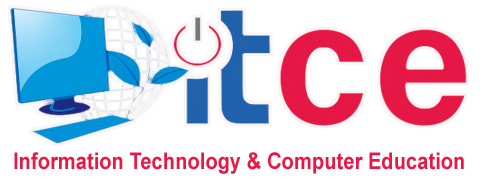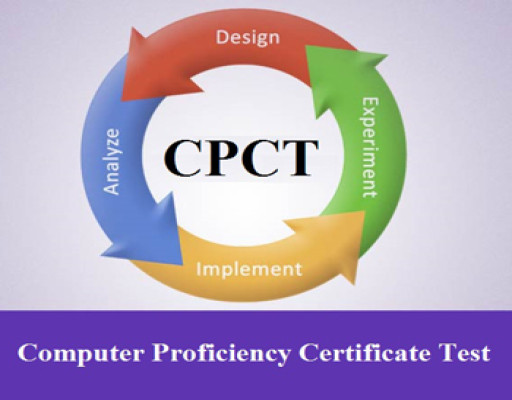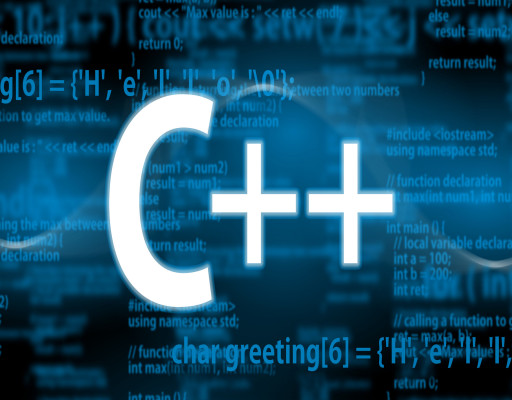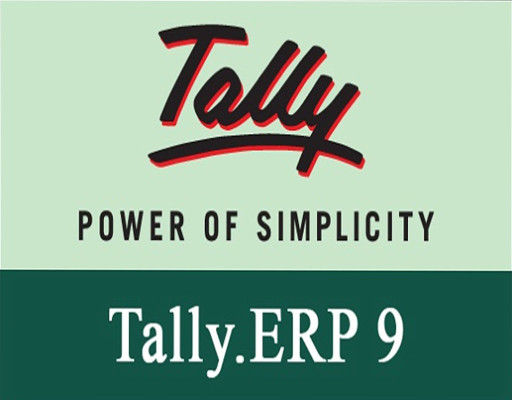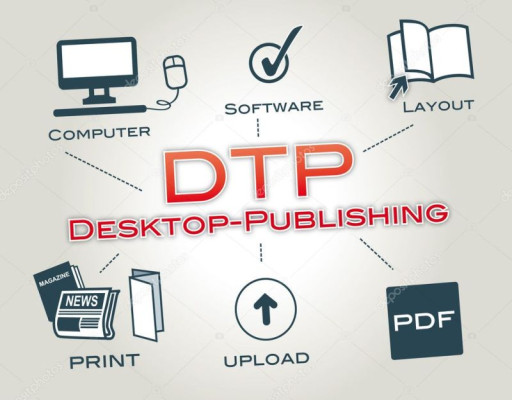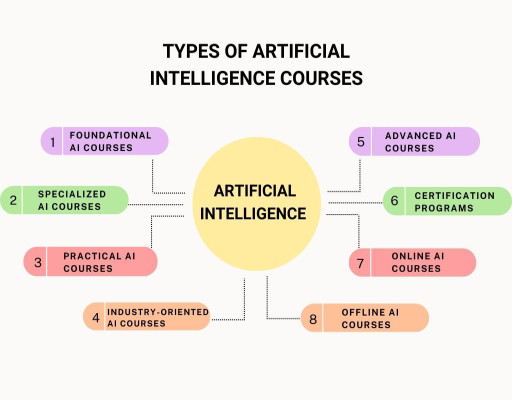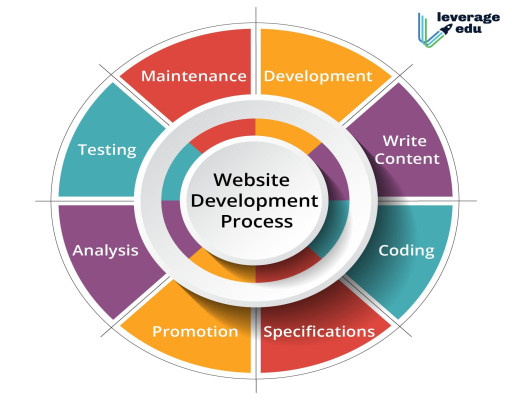- In Front of RD college, NH 30, Bhua Bichhiya, Mandla, MP, 481995
- +91 9826749490
- Login
- Student Login
- Become a partner
DATA ENTRY
Course Description
Data entry courses provide essential training on organizing, managing, and accurately transcribing data using various tools and software. These courses help help you gain skills such as typing proficiency, spreadsheet handling, and database management. Data entry courses and certifications are also available for both beginners and professionals. Mastering data entry enables one to find a career as a data entry operator, transcriptionist, or administrative assistant, with an opportunity to work remotely and even flexibly. This skill will also lead one to advanced positions in data analysis and information management, making it a valuable skill in today's data-driven world.
Data entry is the process of transcribing information into another medium through input into a computer program. People can transcribe data, including handwritten documents, spreadsheet information, sequences of numbers, computer codes, and even names and addresses.
It is used in multiple sectors such as banking, IT businesses and others. To enter the data entry job, you need to be proficient with your typing speed and be able to type 50-80 words per minute. Some data entry positions also require a typing speed of over 80 words per minute.
Must Read - Top Data Entry Interview Questions Data Entry jobs could be manual as well as automated. Computers are used in automated data entry for better accuracy.
Main Data Entry Tasks
Data entry or processing is a very broad term, which comprises of a variety of occupations, including electronic data processing, typing, word processing, data transcription etc. While the most popular data entry task is copying and pasting information from a source into a database, there are also several other more specific tasks that a data entry professional can handle.
Data Tagging - Data tagging is a subset of the essential metadata and it is helpful to create a common ground of understanding between stakeholders in an organization. Data Tagging process involves adding a piece of information or description to an item, which helps in its indexing, database searching, catalog browsing, sorting, and more. This is the first step towards data organization.
Check out data entry online courses to kick start your career today
Data Annotation - Data annotation is the process of selecting the data, panning or highlighting it, and then labeling it. It is used to annotate all types of data, such as images, audio, sounds, text, etc. Data annotation is generally used to analyze big data and identify patterns in a data with the help of automation and machine learning.
Data Capture – Data capture is the process of capturing, recording and collecting data and information to be used or further processed by a machine. Data capture can be done manually by a data entry clerk or automatically by software.
Must Read - What is Data Entry Operator?
Some technologies used to capture data -
- Optical character recognition
- Electronic character recognition
- Optical mark reading
- Barcodes, QR codes, smart cards, etc. to collect information.
Data Transcription – The process of converting an audio/video file to text with an aim to identify the source of data or information is known as data transcription. Simply put, it is the process of transcribing audio and voice files. Another feature of data transcription is adding subtitles or even intertitles to videos. Voice recognition or automatic captioning can also aid data transcription in cases where a quick solution is needed. However, machines are not fully capable of providing 100% accurate transcription and cannot substitute for human labor.
Related - Data Validation in Excel
Data Logging – Data logging is the process of recording and collecting data for a specific period for later analysis. Data logging is used to discover trends and record information on parameters, behaviors, activities, etc. It is often used for scientific purposes or as an IT solution to monitor networks and systems. This process is always done by a machine than a human.
Data Processing - Once data is collected, it can be processed for various purposes. The main reason for processing the data is to analyze it and produce reports. Data processing can also be used for storage, archiving, organization, classification, etc.
Data Cleansing - Data cleansing is used to organize and correct the information stored in a database. This process is useful for identifying duplicates, errors, and outdated information and eliminating irrelevant data. Data cleansing is used to maintain and update databases.
